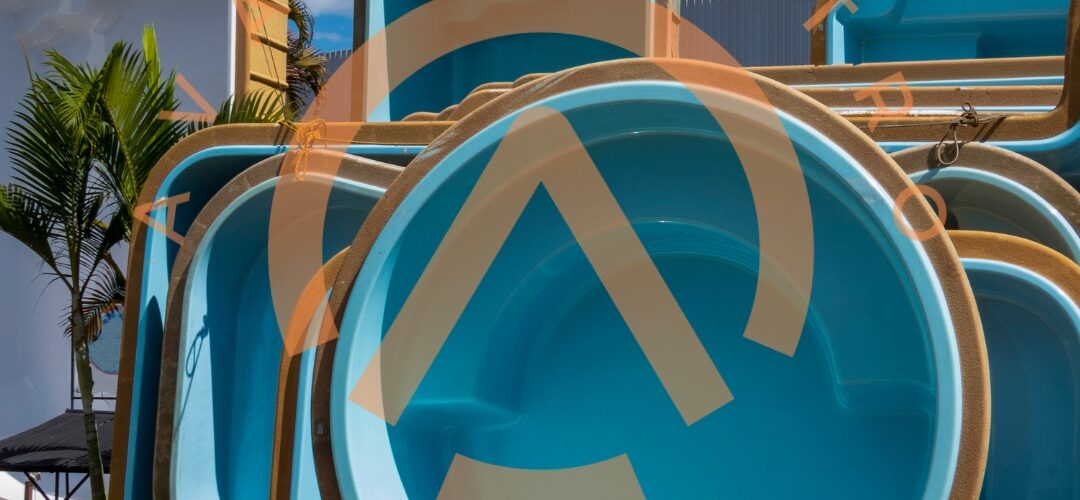How GPPS Sheets Turn into Fiber Glass Board: A Comprehensive Guide
Introduction
In the world of plastics and composite materials, the transformation of GPPS (General Purpose Polystyrene) sheets into fiber glass boards is a fascinating process. This article will delve into the intricacies of this transformation, shedding light on the methods, applications, and benefits of turning GPPS sheets into fiber glass boards. So, let’s embark on this journey of discovery!
Understanding GPPS Sheets
Before we dive into the conversion process, it’s essential to grasp what GPPS sheets are. General Purpose Polystyrene sheets are commonly used thermoplastic materials known for their transparency, lightweight nature, and excellent electrical insulation properties. These sheets are a preferred choice in various industries, including packaging and consumer goods.
The Need for Transformation
- Advantages of Fiber Glass Boards
One might wonder why GPPS sheets need to be transformed into fiber glass boards. Fiber glass boards offer several advantages over their plastic counterparts, including enhanced strength, durability, and resistance to heat and moisture.
- Environmental Considerations
Additionally, the shift towards fiber glass boards aligns with the growing environmental concerns. Fiber glass is a recyclable material, making it a sustainable choice in the long run.
The Conversion Process
Now that we understand the need for this transformation, let’s explore the step-by-step process of how GPPS sheets are turned into fiber glass boards.
- Collection of GPPS Sheets
The process begins with the collection of GPPS sheets from various sources, including manufacturing scrap and used products.
- Cleaning and Preparation
The collected sheets undergo a thorough cleaning and preparation process to remove any impurities and contaminants.
- Shredding
Next, the cleaned sheets are shredded into smaller pieces to facilitate the melting process.
- Melting and Mixing
The shredded GPPS is melted and mixed with other additives to improve its properties and make it suitable for the fiber glass board production.
- Fiber Glass Reinforcement
At this stage, glass fibers are introduced into the molten GPPS mixture. These fibers enhance the strength and rigidity of the composite material.
- Molding
The mixture is then molded into boards of the desired size and thickness. This process involves applying heat and pressure to ensure proper bonding.
- Cooling and Solidification
After molding, the boards are cooled and allowed to solidify. This step is crucial to ensure the boards maintain their shape and structural integrity.
Applications of Fiber Glass Boards
Now that we have discussed the conversion process, let’s explore the various applications of fiber glass boards.
- Construction Industry
Fiber glass boards find extensive use in the construction industry, where they are employed for insulation, cladding, and structural components.
- Automotive Sector
In the automotive sector, fiber glass boards are used for manufacturing lightweight and durable parts, reducing the overall weight of vehicles and improving fuel efficiency.
- Aerospace Applications
Aerospace engineers utilize fiber glass boards for their exceptional strength-to-weight ratio, making them suitable for aircraft interiors and components.
- Electronics and Electrical Industry
Due to their electrical insulation properties, fiber glass boards are used in the production of electrical panels and circuit boards.
- Marine Industry
Fiber glass boards’ resistance to moisture and corrosion makes them ideal for marine applications, such as boat building and repair.
Benefits of Using Fiber Glass Boards
- Strength and Durability
One of the primary benefits of fiber glass boards is their superior strength and durability, ensuring a longer lifespan for products and structures.
- Thermal and Electrical Insulation
These boards offer excellent thermal and electrical insulation, making them indispensable in various industries.
- Environmental Friendliness
Fiber glass boards align with eco-friendly practices due to their recyclable nature and reduced environmental impact.
Conclusion
In conclusion, the transformation of GPPS sheets into fiber glass boards is a remarkable process that enhances the properties and applications of this versatile material. The shift towards fiber glass boards not only improves product performance but also contributes to a more sustainable future.
For more information on this topic and to explore the possibilities of fiber glass boards, access now.
FAQs
- Are fiber glass boards suitable for outdoor applications?
Yes, fiber glass boards are often used in outdoor applications due to their resistance to moisture and environmental factors.
- Can fiber glass boards be recycled?
Absolutely. Fiber glass boards are recyclable, making them an environmentally friendly choice.
- What is the lifespan of products made with fiber glass boards?
Products made with fiber glass boards tend to have a longer lifespan due to their durability and resistance to wear and tear.
- How do fiber glass boards compare to traditional materials like wood?
Fiber glass boards offer superior strength and durability compared to traditional materials like wood, making them a preferred choice in many industries.
- Are there any safety considerations when working with fiber glass boards?
It’s essential to follow safety guidelines when working with fiber glass boards, including wearing protective gear to prevent skin irritation from the glass fibers.

